Bakufu: The Government of the Feudal Lords

Savannah Walker
Posted on June 24, 2024
Share:

The term “bakufu” might sound unfamiliar to many, but it played a crucial role in shaping Japanese history. Bakufu, or the “shogunate,” was the military government led by the shoguns, the true power behind the throne, overshadowing the emperor and the imperial court in Kyoto. This system dominated Japan for nearly 700 years, beginning with the Kamakura Shogunate in 1192 and ending with the Meiji Restoration in 1868. Let’s travel back in history to explore the world of bakufu!
What was the bakufu?
The bakufu, established by Minamoto Yoritomo, marked the start of a new era in Japanese governance. Unlike the central government run by the imperial court in Kyoto, it was a military government. After his victory over the Taira Clan, Minamoto Yoritomo set up his base in Kamakura, far from the political powers in Kyoto. This separation of powers laid the groundwork for a feudal system that would eventually dominate Japan for centuries.
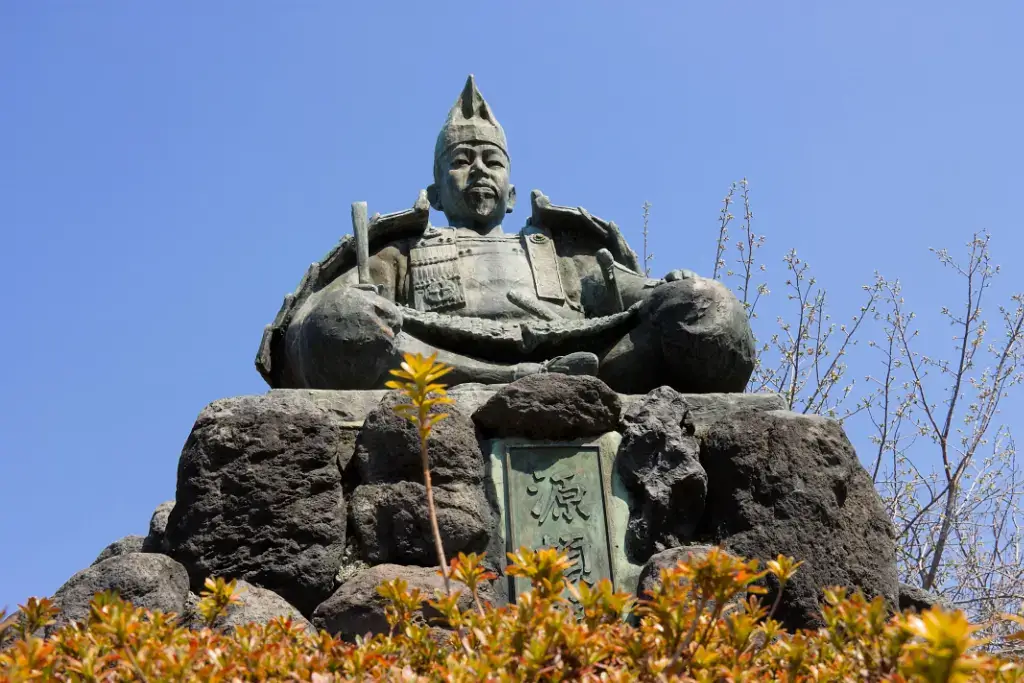
Generally, this era operated under a feudal system, where power was decentralized, and local lords, or daimyo, had significant autonomy over their lands. These lords pledged loyalty to the shogun, who, in return, provided military protection and governance. Nevertheless, the end of the era came with the Meiji Restoration in 1868. This period marked the end of feudal Japan and the beginning of modernization and industrialization. Because of this, the emperor was restored to power, and the shogunate was abolished, leading to significant political, social, and economic changes.
Features of the bakufu
The bakufu system had several key features that made it unique and powerful. These features set it apart from the imperial court in Kyoto and helped it rule Japan for hundreds of years. Let’s explore some of the most critical aspects of this system and see how they kept the country in order and running smoothly.
Confucianism
Confucianism greatly influenced this era, particularly during the Tokugawa Shogunate. This ancient philosophy emphasized hierarchy, loyalty, and duty, reinforcing the social structure and justifying the shogunate’s rule. Education was based on Confucian texts, promoting respect for authority and social harmony, helping to create a well-ordered society.
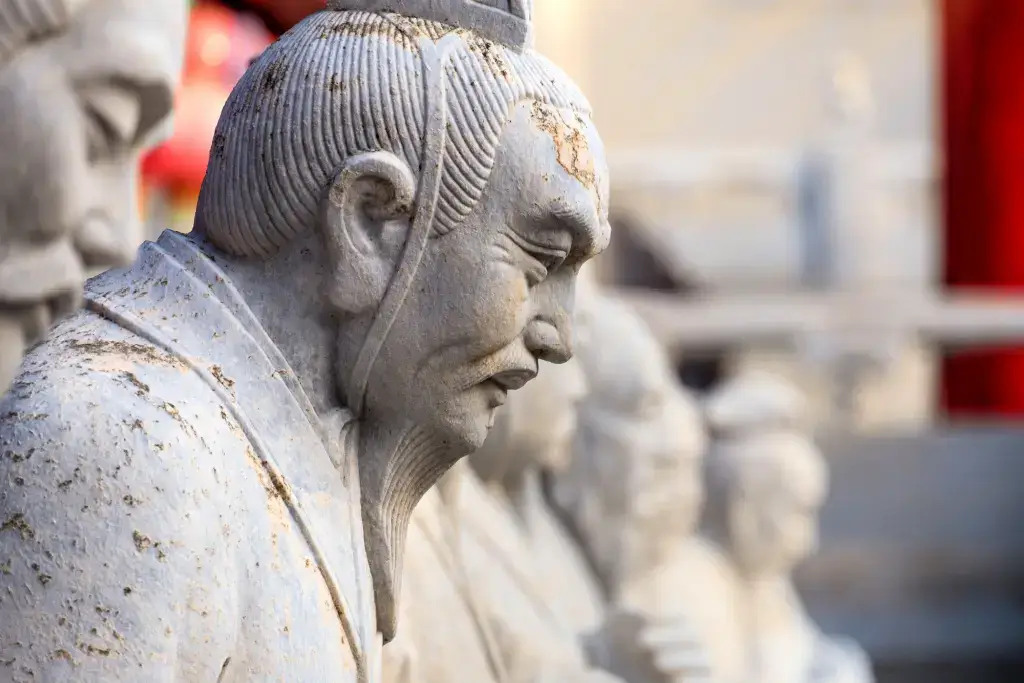
Confucian values also shaped family life and legal systems. The importance of filial piety, or respecting one’s parents and ancestors, strengthened family ties and social stability. Laws based on Confucian principles aim to create a fair and just society, reduce crime, and maintain order. Through these ideals, they maintained control and stability in Japan for centuries.
Transportation
The bakufu developed an extensive transportation network to maintain control over its vast territories. One of the most important routes was the Tōkaidō, a significant road connecting Edo (modern-day Tokyo) and Kyoto. This route and four others formed the backbone of Japan’s transportation system during the Edo period. These roads were carefully maintained, featuring numerous checkpoints to monitor and control the movement of people and goods. Travelers could find rest stations along the way, making long journeys more manageable and encouraging trade and travel.
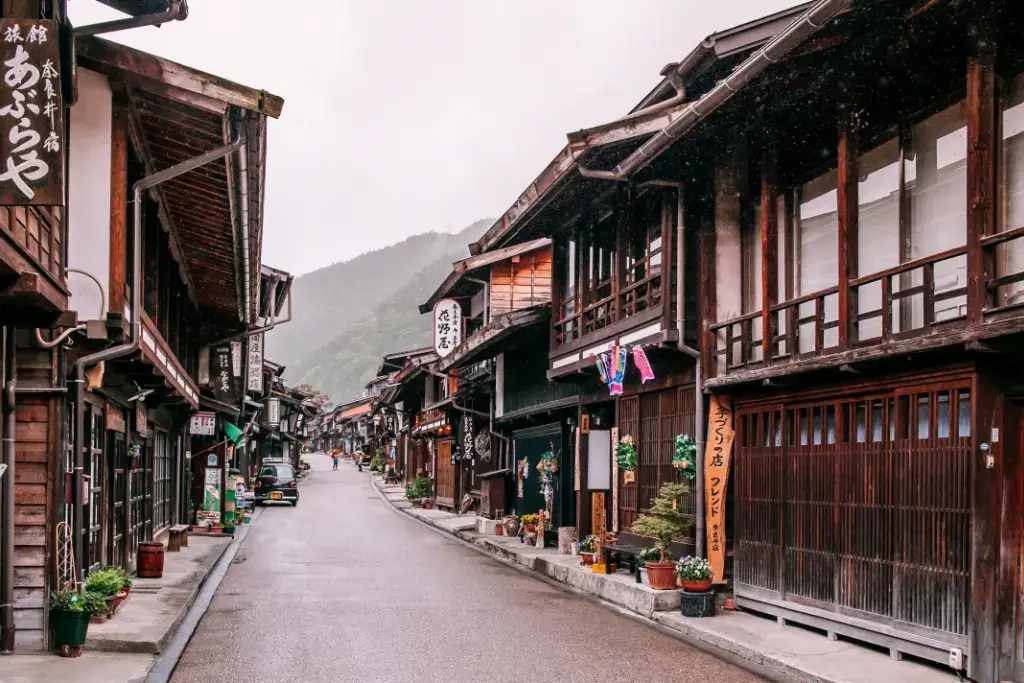
The transportation network was not just about moving people; it was also a lifeline for the shogunate’s power. These roads facilitated communication, trade, and the movement of samurai and officials, which strengthened the shogunate’s central control. The improved infrastructure allowed for more efficient governance, as officials could quickly travel to and from the capital, ensuring that the shogun’s directives were followed throughout the land.
This system also helped unify the country under the shogun’s rule, promoting economic growth and stability. The development of these roads not only enhanced the power but also played a key role in Japan’s overall development, making travel easier and more accessible for everyone from merchants to samurai.
Family registry
The family registry, or koseki, was another significant feature of the bakufu. This system recorded births, marriages, and deaths, providing the government with detailed information about the population. By keeping track of these vital events, they could also maintain accurate records of who lived where and who belonged to which family. This detailed information was crucial for enforcing social order, allowing the government to monitor its citizens’ movements and activities closely.
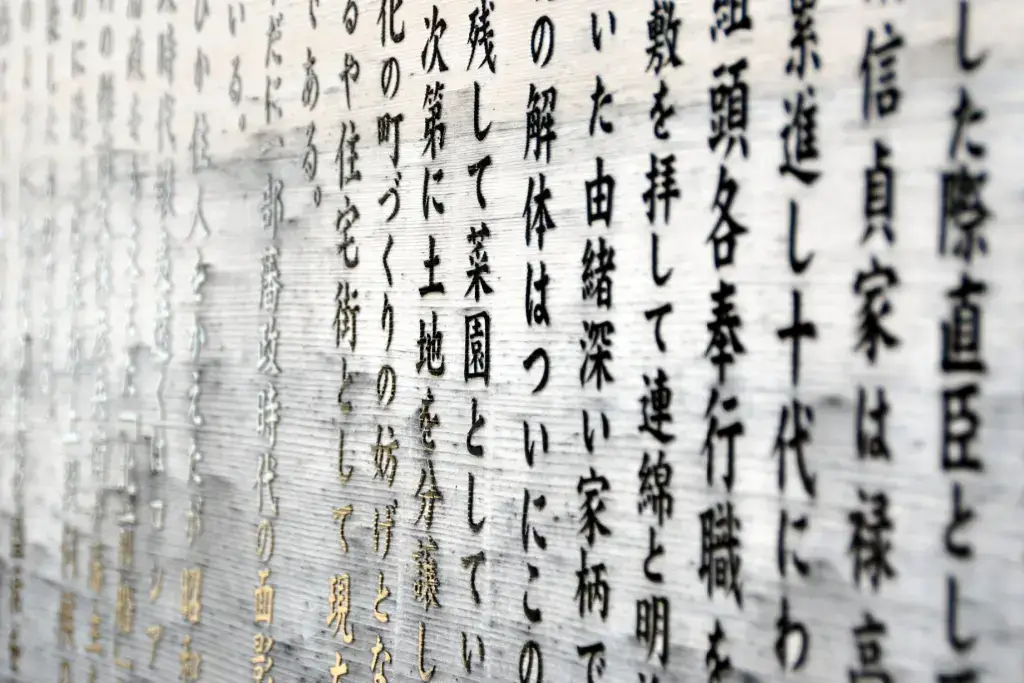
The koseki system also played a crucial role in tax collection. With precise data on the population, they could ensure that taxes were collected relatively and efficiently. As a result, this system helped prevent tax evasion and ensured everyone contributed their fair share to the state.
Why was the bakufu important?
The bakufu was crucial because it shaped Japan’s political and social landscape. They introduced a new political system where the shogun held ultimate power, overshadowing the emperor. This system allowed for more effective governance and control over Japan’s diverse regions.
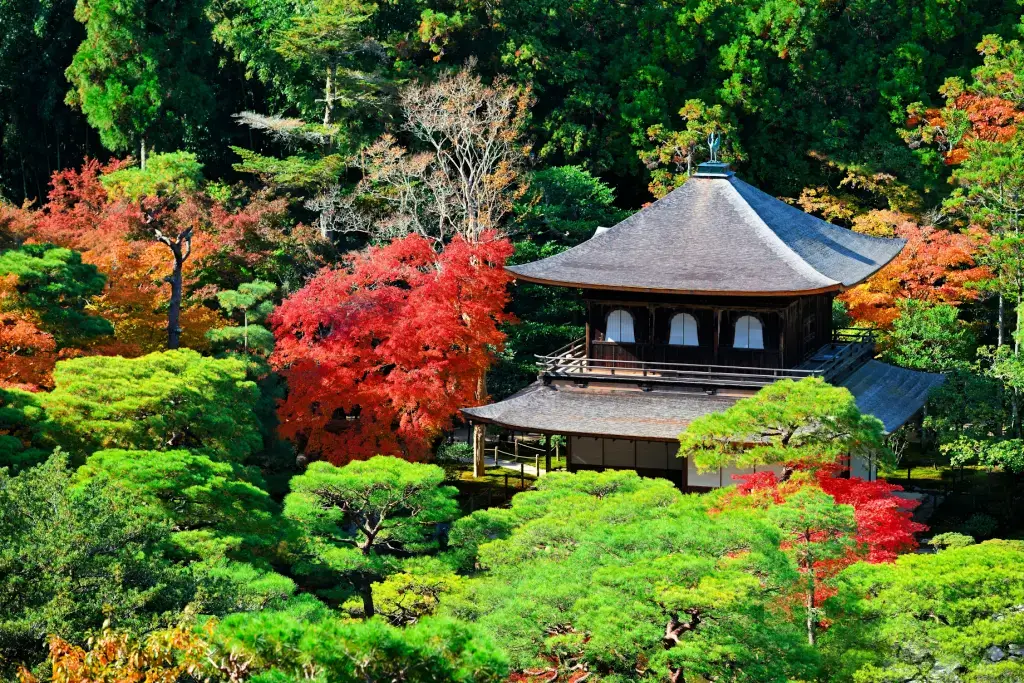
Moreover, this system was a defining feature of Japanese history, shaping the country’s political and social systems for nearly 700 years. From the Kamakura to the Tokugawa Shogunate, this provided a stable and centralized form of governance that allowed Japan to develop and thrive. Understanding this undoubtedly gives us insight into the complexities of Japanese history and the factors that shaped modern Japan. Feel free to comment below if you have any thoughts or questions about the bakufu and its impact on Japanese history!

Discover authentic flavors with Sakuraco
Get Sakuraco 

Discover authentic flavors with Sakuraco
Get Sakuraco 
Related Articles

Steam Train in Shizuoka: Riding the Oigawa Railway
For travelers who love history, beautiful views, and cozy retro vibes, this steam train is one of Shizuoka’s most charming treasures, with some of the best views. If you want to know more about this train, keep reading below!

Nara Japan: The Amazing Legend of the Sacred Dragon
In Japanese culture, dragons are spiritual beings that represent strength, prosperity, and a harmonious balance with the natural forces. Nara, Japan, has a unique story associated with sacred ponds and revered shrines throughout the region.

Nambu Tekki: Morioka’s Amazing Iron Craft
In the historic city of Morioka, Iwate Prefecture, a craft with over 400 years of history continues to captivate with its rustic beauty and practical charm. Nambu tekki, or Nambu cast iron, refers to traditional ironware, such as teapots, kettles, and decorative pieces, that embody the spirit of Tohoku craftsmanship.

Ebisu: The Cheerful Guardian of Luck and Prosperity
Religion in Japan involves a dizzying array of spirits and beings. These gods are inspired by ancient tales and used to symbolize nature’s bounty. However, they also profoundly impact daily life and are often sought out for help in challenging times


